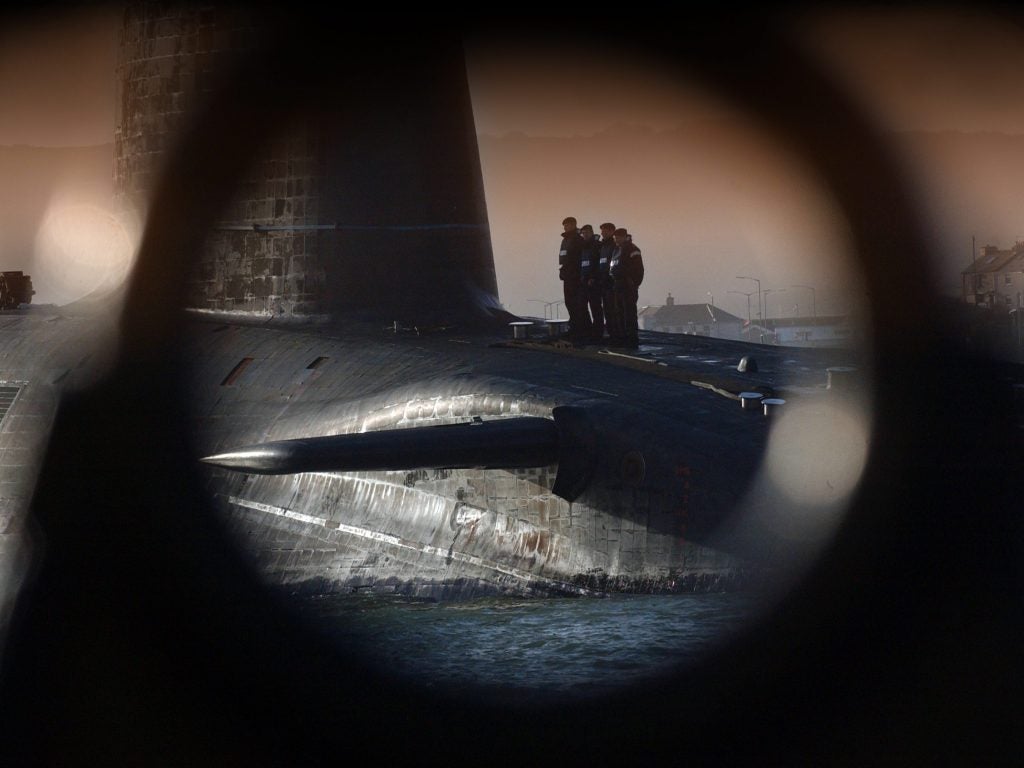The World Reacts to Australia’s Nuclear Turn
In the wake of Australia’s shock announcement that it plans to acquire nuclear submarines in partnership with the UK and US, the region, world, and domestic populace have reacted. Ranging from expressions of outrage to dismay, to forthright support.
Domestically, in Australia, the opposition Labor party came out relatively quickly to lend at least its conditional support for the project. Labor leader, Anthony Albanese, said in a press conference the next day that his party would support the proposal so long as three conditions, that he believed were achievable, could be met: Australia would not develop a domestic civil nuclear industry and nor would it pursue or acquire nuclear weapons, finally, he made it clear that Labor’s support was dependent on the agreement complying with the non-proliferation treaty (NPT). In a later statement, he added that “We [Labor] accept that this technology is now the best option for Australia’s capability.” but called upon the government to provide details about cost, timeframe, number of vessels and the impact upon local jobs and existing submarine capability.

While much about the deal is unclear, some of these questions have begun to be answered. In a Department of Defence factbook published about the program, it confirmed that the nuclear-powered attack submarine program will deliver“at least eight” vessels. In addition, it implies that construction will begin around 2024 in South Australia.

Schedule of shipbuilding projects in South Australia (Department of Defence)
In the broader region, the reaction has been mixed. New Zealand’s Prime Minister came out quickly to announce that, while the AUKUS pact wouldn’t change or alter New Zealand’s relationship with any of the countries, New Zealand would upholdits nuclear-free policy and ban Australian nuclear-powered submarines from its waters.
Indonesia, meanwhile, said in a statement that it was “watching with caution” Australia’s decision. Furthermore, it called on Australia to comply with the non-proliferation treaty and its obligations under the Treaty of Amity and Cooperation in Southeast Asia. It also expressed concern about the “continued arms race and projection of military power in the region”. In recent days, it has been reported that a team of Australian officials are to travel to Jakarta to reassurethe country.
In a statement releasedby the Philippines Department of National Defense, the Secretary of Defense Delfin Lorenzana said that the Philippines recognised Australia’s right to “improve it’s submarine defense capability”. Later, this initial reaction was followed up by a statement that “welcomes Australia’s decision to establish an enhanced trilateral security partnership with the United States primarily and the United Kingdom”
Meanwhile, in the Pacific, the announcement was met with disappointment by many. Papua New Guinea’s Prime Minister, James Marapae said that, while he could not influence Australia’s foreign and security policy, he hoped that the agreement would promote and maintain peace in the region. Ralph Regenvanu, the leader of the parliamentary opposition in Vanuatu, meanwhile said on Twitter that “we continue to be disappointed. And more fearful for our Pacific future” concerning the announcement.
France, which arguably has the most to lose from the announcement, has reacted quickly, recalling its Ambassadors from Canberra and Washington D.C and labelling the development a “stab in the back”. France has argued that the announcement blindsided them and that it was not behaviour befitting of two partners. The country has also brought its case to the wider European Union, with the bloc’s trade deal with Australia reportedlyin question as the group rallies behind France.

China, which many have portrayed as being the target of the deal, has meanwhile reacted unsurprisingly. Decrying the agreement as “[a] Cold War mentality” and “severely damaging regional peace and intensifying the arms race”. China also raised questions about Australia’s commitment to nuclear non-proliferation, with a spokespersonsaying that “the international community, including neighbouring countries, have risen to question [Australia’s] commitment to nuclear non-proliferation”
Ironically, North Korea also released a statement, saying that the agreement risked “trigger off a chain of nuclear arms race” condemning Australia.

The reactions of North Korea’s neighbours in Tokyo has been rather different. In a readout of a callbetween the Japanese and Australian Foreign Ministers, Japanese Foreign Minister Motegi Toshimitsu “welcomed the security cooperation between Australia and the United States and the launch of AUKUS”. South Korea, meanwhile, is yet to make a public statement on the matter.

